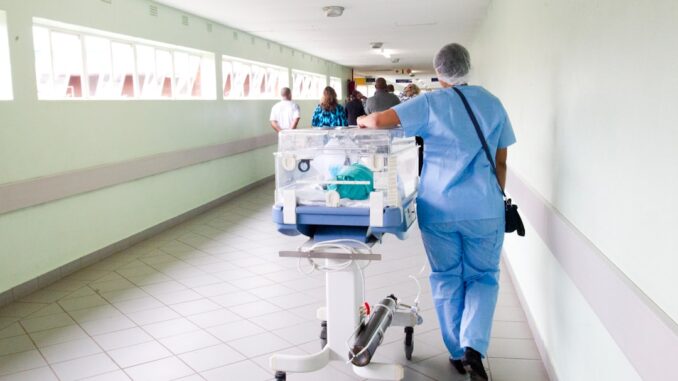
Summary
The UK healthcare sector is facing a growing wave of cyberattacks, disrupting services and compromising patient data. These attacks expose vulnerabilities in the system and highlight the need for stronger cybersecurity measures. This article explores the increasing cyber threats, their impact on the NHS, and the strategies being implemented to mitigate these risks.
Safeguard patient information with TrueNASs self-healing data technology.
Main Story
Okay, so, you’ve probably heard whispers about the NHS and cyberattacks. It’s not just a movie plot, it’s a very real and frankly, quite scary situation unfolding right now. The UK’s healthcare system, you know, the place we rely on when things go wrong, it’s under constant siege by cybercriminals and it’s becoming a big problem.
First off, imagine a hospital’s entire computer system, all those vital records, and appointments, just… gone. That’s what ransomware does, locking up data and demanding payment. It’s not just annoying it’s downright dangerous. Think about it: cancelled operations, delayed diagnoses, patients left in limbo. It’s a nightmare scenario. A huge number of UK providers, 81% in 2022, actually reported suffering a ransomware attack; insane, right? I mean, the Synnovis attack, just in 2024, affected something like 800 planned operations and another 700 outpatient appointments. They even had to divert 18 donated organs, because the system was so disrupted. Can you even imagine?
And it’s not just ransomware. We’ve got phishing, malware, insider threats… you name it. All those connected medical devices, the “Internet of Medical Things”, they’re all just additional doors that the bad guys can kick open. It’s like a huge house with dozens of unlocked entrances.
This isn’t just about computers, though. When the tech fails, it’s patients who suffer. Delays in treatment can have life-threatening consequences. And when your medical information is leaked, well, it’s a massive breach of privacy, and can cause serious financial and emotional fallout. How would you feel if your medical history ended up on the dark web? Not good, right?
So what’s being done? Well, the UK government launched a strategy called the “Cyber Security Strategy for Health and Adult Social Care” in 2023, with the goal of making the sector more resilient to attacks by 2030. I mean, that’s some ways off, isn’t it? Anyway, it’s all about risk management, creating unified defenses, and training more people in cyber security, plus, making everyone more aware of the dangers.
Specifically, they’re focusing on a few key things. Like, getting better at sharing information about threats. And putting more cash into fancy security tech – things like firewalls and intrusion detection systems. And healthcare providers are being urged to run regular security tests, like simulated cyberattacks – sounds dramatic, doesn’t it? They’re also working on educating staff to spot cyber threats, because let’s be honest, we’re all a bit too trusting sometimes. Plus they want to make sure that if there is an attack, that they can respond quickly to minimize the damage. Which makes sense.
Look, the thing is, this isn’t going to be a quick fix. It’s a continuous battle. Cybercriminals aren’t going to just pack up and go home, right? Healthcare providers need to stay ahead of the curve, investing in security, promoting a culture of awareness and working together with the government and other organizations. It’s a huge challenge. But at the end of the day, you know, it’s about keeping our healthcare system, and our personal information safe and secure. And if you ask me, that’s well worth fighting for.


So, it’s not just remembering your login details, it’s remembering them AND not clicking on that email from the Nigerian prince offering free healthcare advice.